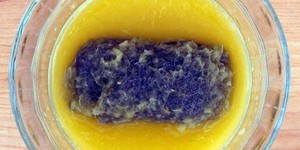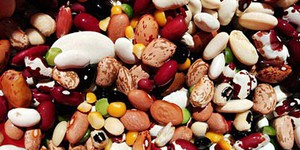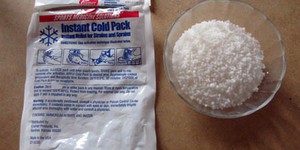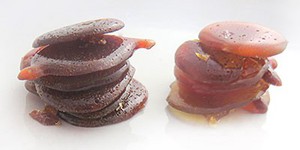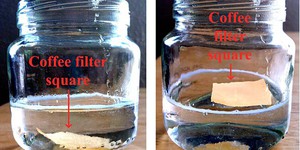Others Like “Weathering the Windchill: How Does Wind Speed Affect How Quickly an Object Cools?” (top 20 results)
|
On a windy day it is hard to keep your hat on! The power of the wind can even be strong enough to power large wind turbines to make electricity! In this experiment, find out how you can make your own instrument to measure the speed and power of the wind. How does it work?
Read more
When we get hot, we sweat. The physiological role of sweat is to cool us down. When the water evaporates, it removes energy from our bodies. This sort of evaporative cooling can also be used to cool homes, using what are referred to as swamp coolers. Evaporative cooling is also a potential source of energy waste in the kitchen because it increases the time it takes to heat water. In this chemistry science fair project, you will study how a variety of things cool down, whether for better or…
Read more
Have you ever left your bike outside in the rain? If so, you might have discovered unpleasant surprises afterwards—reddish-brown patches, known as rust, and your wheels, brakes, and gears might have stopped working so smoothly. In this chemistry science fair project, you'll learn why rust, a type of corrosion, is a serious problem. You'll also discover that not all rains are the same! Find out which ones can speed up the rusting process.
Read more
Dried beans are a major ingredient in dishes served all over the world. In their dried form, they can be stored for years and then "brought back to life" by soaking them in water. In this cooking and food science fair project, you will measure just how much water is absorbed by beans when they rehydrate (soak up water). Can such a little bean really hold that much water?
Read more
Instant cold packs are popular with coaches and parents for treating minor bumps and bruises. The instant cold packs are not pre-cooled—you just squeeze the cold pack and its starts to get cold. So how does it work? In this chemistry science fair project, you will investigate the chemical reaction that occurs in instant cold packs.
Read more
What is the first thing you do when you wake up on a cold, frosty morning? Snuggle down deeper under the covers? Animals, like puppies and piglets, do not like being cold either, but they do not have hands or blankets to wrap themselves up. So when animals get chilled, they change their behavior and do things like huddle—they curl up close to other animals. In this mammalian biology science fair project, you will see just how much huddling can help reduce heat loss.
Read more
Maple syrup is deliciously gooey and great on breakfast foods like pancakes and waffles. But it has another amazing property. It can be turned into maple candies with a range of textures, like sticky maple taffy or molded maple sugar candy. In this science fair project, you will investigate how the temperature that maple syrup is heated up to affects what type of maple syrup-based candies can be made.
Read more
Flying kites is an excellent way to learn about aerodynamic forces. In this science fair project, you will build and test a variety of kite designs to see which flies best in low wind speeds. You will use an inexpensive anemometer to accurately measure the wind speed. Since you will be choosing which kites to build and test, the experimental procedure provides a general outline for the experiments, but there is a lot of opportunity for you to be creative with your kite designs. This is a DIY…
Read more
Enzymes speed up chemical reactions by factors of at least a million. Now that's acceleration! This project investigates how temperature affects how fast these enzymatic reactions occur.
Read more
Expanding gases are everywhere, from the kitchen to the cosmos. You've tasted their pleasures every time you've eaten a slice of bread, bitten into a cookie, or sipped a glass of soda. In this chemistry science fair project, you'll capture a gas in a stretchy container you're probably pretty familiar with—a balloon. This will allow you to observe the gas expansion and contraction as the temperature changes.
Read more
|
Explore Our Science Videos
Iteration in the Engineering Design Process
Dancing Robot
How to Make a Homopolar Motor - Science Experiment




